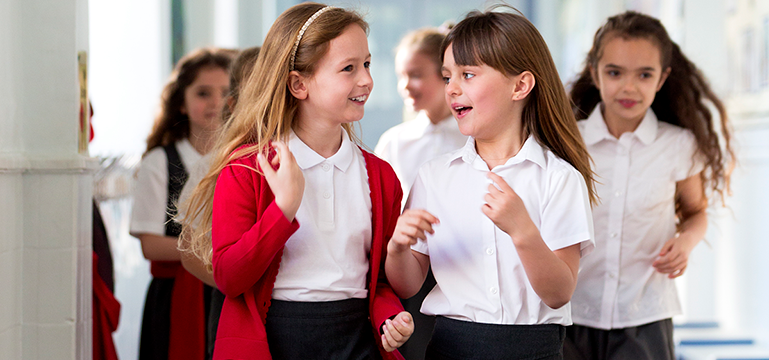Living and Learning Together: Supporting and Learning from Families Seeking Sanctuary

Quick links:
Information about the school
St Joseph’s Cathedral Primary School is a Catholic inner-city primary school serving a diverse and multi-cultural catchment area.
Context and background to the effective or innovative practice
Following requests by several parents for the school to support asylum seekers’ applications, the headteacher established a support group for parents identified as asylum seekers or refugees. The focus of this group was to identify the needs of the families, to liaise with services such as ‘City of Sanctuary’ in Swansea, and to enable parents to have access to peer support from families in a similar situation
Description of nature of strategy or activity
Following a successful application to the British Council, staff from the school visited Berlin to share good practice between the UK and Germany in integrating refugees and asylum seekers into the education system. Developing an understanding of the needs of families and working in partnership with outside agencies became a focus of work following the visit.
In conjunction with the local college, the school developed EAL (English as an additional language) classes for parents and offered opportunities for them to work as volunteers in school. It worked with refugee and asylum-seeking families and children to develop creative learning opportunities about journeys and migration involving all pupils in the school to enable them to develop an understanding of the implications of leaving the home country for a range of reasons. This helped pupils to understand what it means to be an asylum seeker and the reasons why migration happens. They have developed skills of empathy and can discuss with maturity what they can do to support others.
What impact has this work had on provision and learners’ standards?
The work in this area means that all staff and pupils developed an understanding of the challenges faced by refugees and asylum seekers. Working with families to learn English, and to access help through friendships and mutual support, has reinforced the school being at the centre of the community. It has strengthened aspiration for families and children. Pupils’ standards have risen because the skills of parents have improved, allowing them to support their children more effectively.
Throughout the pandemic, parents attended live lessons alongside their children every day, and co-learning was a strong feature of the continuity of learning policy.
The school invited pupils to become young interpreters so that they could offer practical support to children entering the school with little or no English. Pupils were trained to use body language and gestures as a means of communication and to take the lead with supporting new pupils socially and academically.
The curriculum reflects this inclusive practice wherever relevant; it is fully integrated into religious education and humanities topics, and celebrated through specific events such as ‘Refugee Week’
How have you shared your good practice?
Working with the Local Authority EAL network, the school has shared the approaches taken with vulnerable families and pupils with other schools and supported them to develop their work as schools of sanctuary. It has linked with Swansea University Centre of Migration, presented at conferences for the British Council and in the ‘Towards a City of Sanctuary Conference’ in Belfast. The school’s ‘Journeys’ project, funded by the Arts Council of Wales, has been installed in the Senedd in Cardiff and the Tate Modern in London.